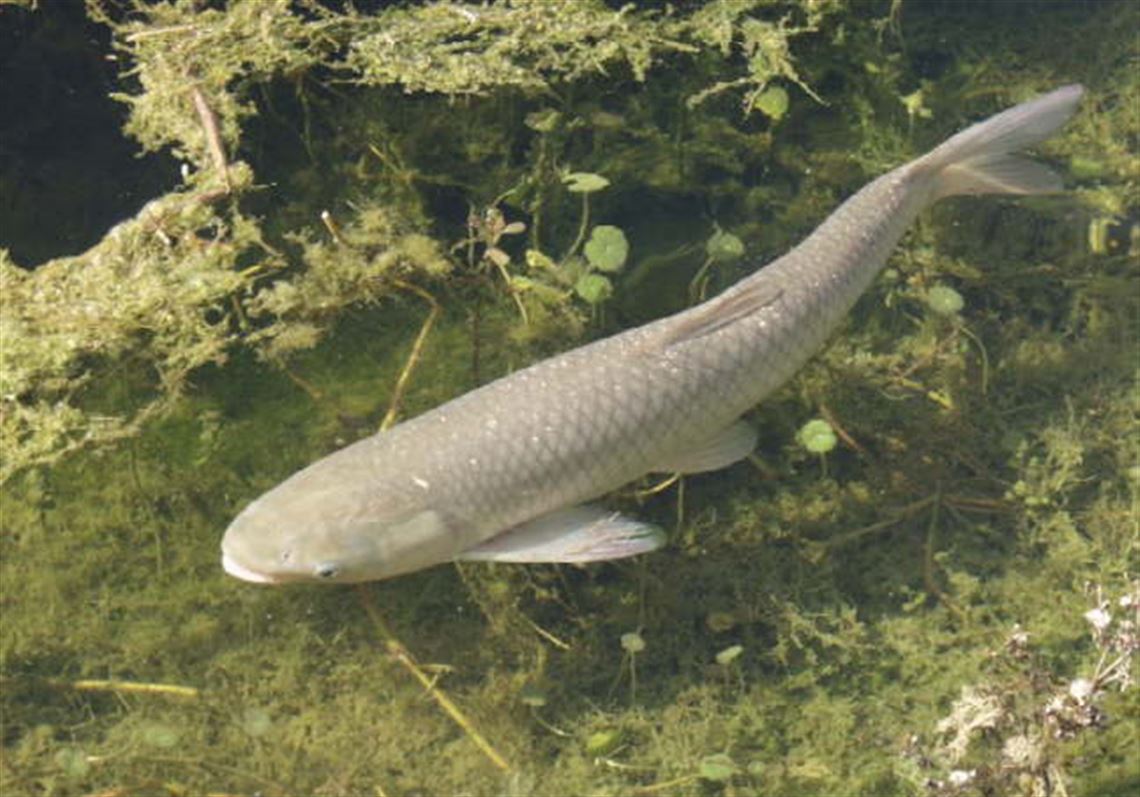Two types of Asian carp snare the most attention, but dealing with their voracious aquatic cousin, grass carp, shouldn’t be forgotten. Funds to combat grass carp have been added to a broader spending bill that recently passed the U.S. House. The Senate needs to approve it as well.
The State and Foreign Operations Appropriations bill had $500,000 slated for grass carp until some lawmakers successfully pushed an amendment to add another $500,000 before the House approved the overall bill, sending it to the Senate.
The grass carp funds would be a first of such earmarked money for the U.S.-Canada Great Lakes Fishery Commission, which manages and protects the Great Lakes, the largest body of freshwater in the world.
Grass carp, which are native to eastern Asia and are raised in China as food, are an invasive species found in Lake Erie. Each one consumes up to 100 pounds of aquatic vegetation a day and in the process destroys habitat for other fish and wildlife.
A 2017 report by U.S. and Canadian researchers sounded an alarm.The fish previously had been low in numbers in the lake and all were sterile, but new evidence revealed increasing numbers and some were found able to reproduce.
The $1 million in the House bill would enable the dual-nation commission to work with the Great Lakes states and Ontario to find ways to manage and control grass carp. The money would help put boats and researchers on the lake and tributaries to gather information on where grass carp are, where they are spawning, and where they are feeding. Then the funds could be used to find ways to curb or stop their population growth.
The stakes are high for the lake region’s $7 billion fishing industry, for the lakes’ ecosystem, and for tourism. There are more grass carp in western Lake Erie than anywhere else in the Great Lakes, researchers say. If the fish aren’t contained, the Great Lakes could be invaded by the species, with serious consequences.
The $1 million earmark needs to be approved by the Senate and quickly put to work to protect Lake Erie and its sister bodies of water.
First Published: July 6, 2019, 11:15 a.m.















